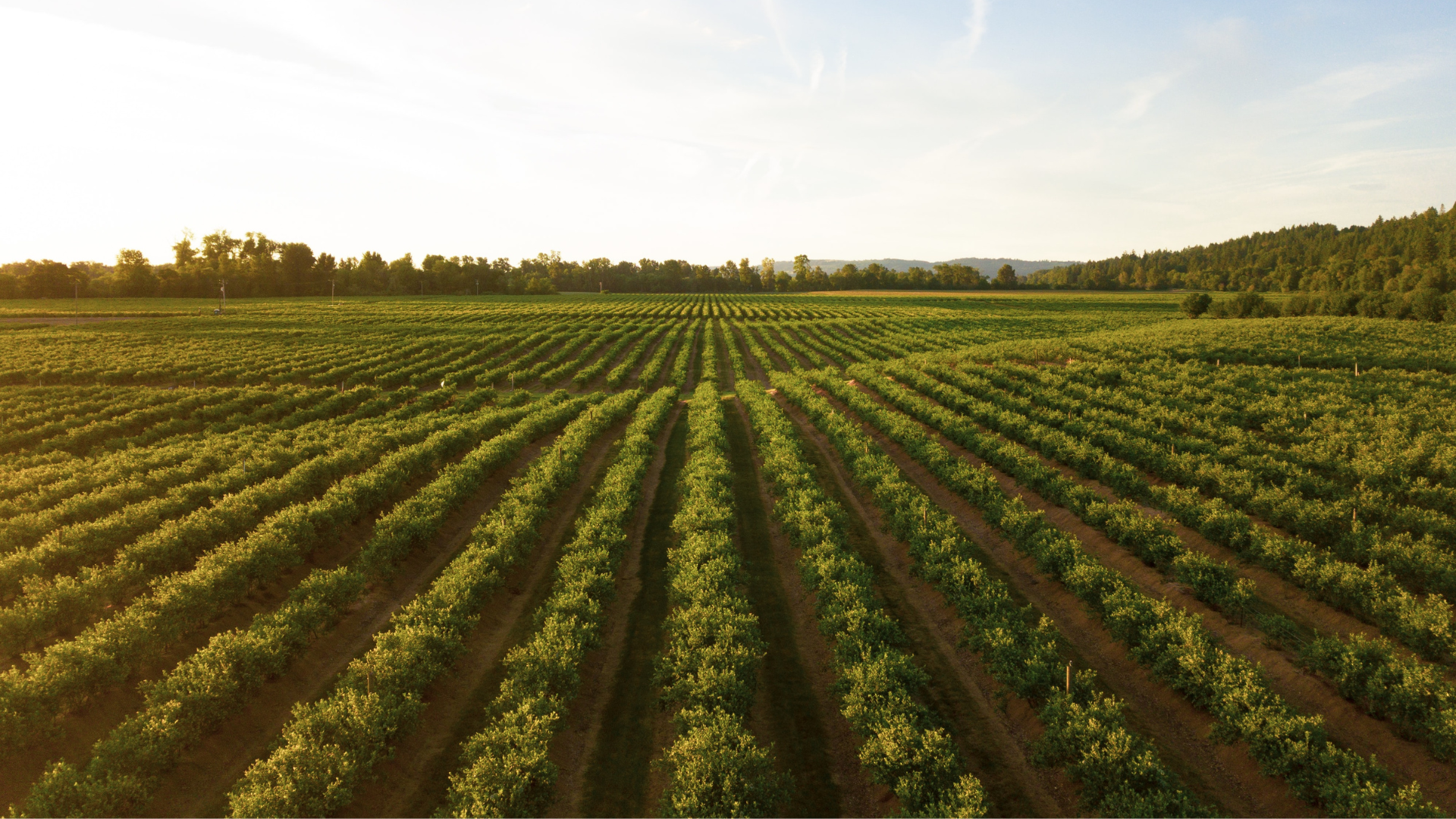
Solar power is becoming more relevant than ever as a sustainable alternative to the global energy crisis. Not only can installing solar panels at home help reduce electricity bills and lower your carbon footprint, but it's also making a significant impact on a larger scale.
You may have heard of solar canals or solar farms—these are just a few examples of how solar energy is being integrated into our daily lives. If you haven't come across these innovations yet, you likely will soon.
Did you know that solar panels and farming might soon go hand in hand? Recent studies suggest that agrivoltaics—the combination of agriculture and photovoltaic technology—is set to revolutionize the future of farming.
What is Agrivoltaic Farming?
Agrivoltaic farming refers to the practice of growing crops beneath solar panels. This innovative approach combines two essential sectors: agriculture and renewable energy. Countries like the UK have committed to achieving net-zero emissions by 2050, and part of this effort involves increasing reliance on clean energy sources significantly by 2035.
Using farmland for solar panel installations doesn’t mean we have to stop farming. In fact, research shows that growing crops under solar panels can be beneficial for both humans and the environment.
How Does Growing Crops Under Solar Panels Work?
The concept is straightforward. Solar panels are installed slightly higher than usual to allow enough space for crops to grow underneath. This setup ensures that plants receive adequate sunlight while also benefiting from the shade provided by the panels.
What Are the Benefits of Farming Under Solar Panels?
A recent study published in *Nature* found that growing crops under solar panels can increase crop yields by two to three times compared to traditional methods. Researchers from the University of Arizona studied chiltepin peppers, jalapeños, and cherry tomatoes, monitoring various environmental factors such as temperature, humidity, and water usage.
Less Stress for Plants Equals Better Growth
Too much direct sunlight can stress plants, but solar panels provide natural shade. This reduces water loss and helps cool the panels above. The shaded conditions lead to better plant growth, with some crops producing up to three times more fruit in an agrivoltaic system.
Less Water Wastage
Climate change has led to extreme weather conditions that threaten crop yields. Solar panels act as a protective shield, reducing heat stress and improving moisture retention. This creates ideal growing conditions for many food crops.
Renewable Energy Source
Solar panels not only generate clean energy but also benefit from the cooling effect of transpiration from nearby crops. As plants release moisture into the air, they help keep the panels cooler, which increases their efficiency. This synergy results in more energy production and better crop yields.
Improve the Health of Pollinators
Interestingly, solar farms can also support pollinators like bees. By planting native flowers around solar panels, beekeepers have seen positive effects on pollinator populations. These areas become safe havens for endangered species, helping to restore biodiversity and support agricultural productivity.
Thinking about the future of our planet—with its growing population, economic challenges, and ongoing energy crises—can feel overwhelming. However, innovations like agrivoltaic farming offer real hope. By combining solar energy with agriculture, we’re not just addressing environmental concerns; we’re creating a more sustainable and resilient world. If you're interested in learning how you can contribute to a greener future, check out our blog for more tips, or reach out to us today.
Electric Car,Ideal L7 Electric Ultra,Byd Song Plus New Energy,Zeekr 001 2024 We Edition
Sichuan Silk Road Zhengcheng Automobile Sales Co., Ltd. , https://www.srjmotors.com